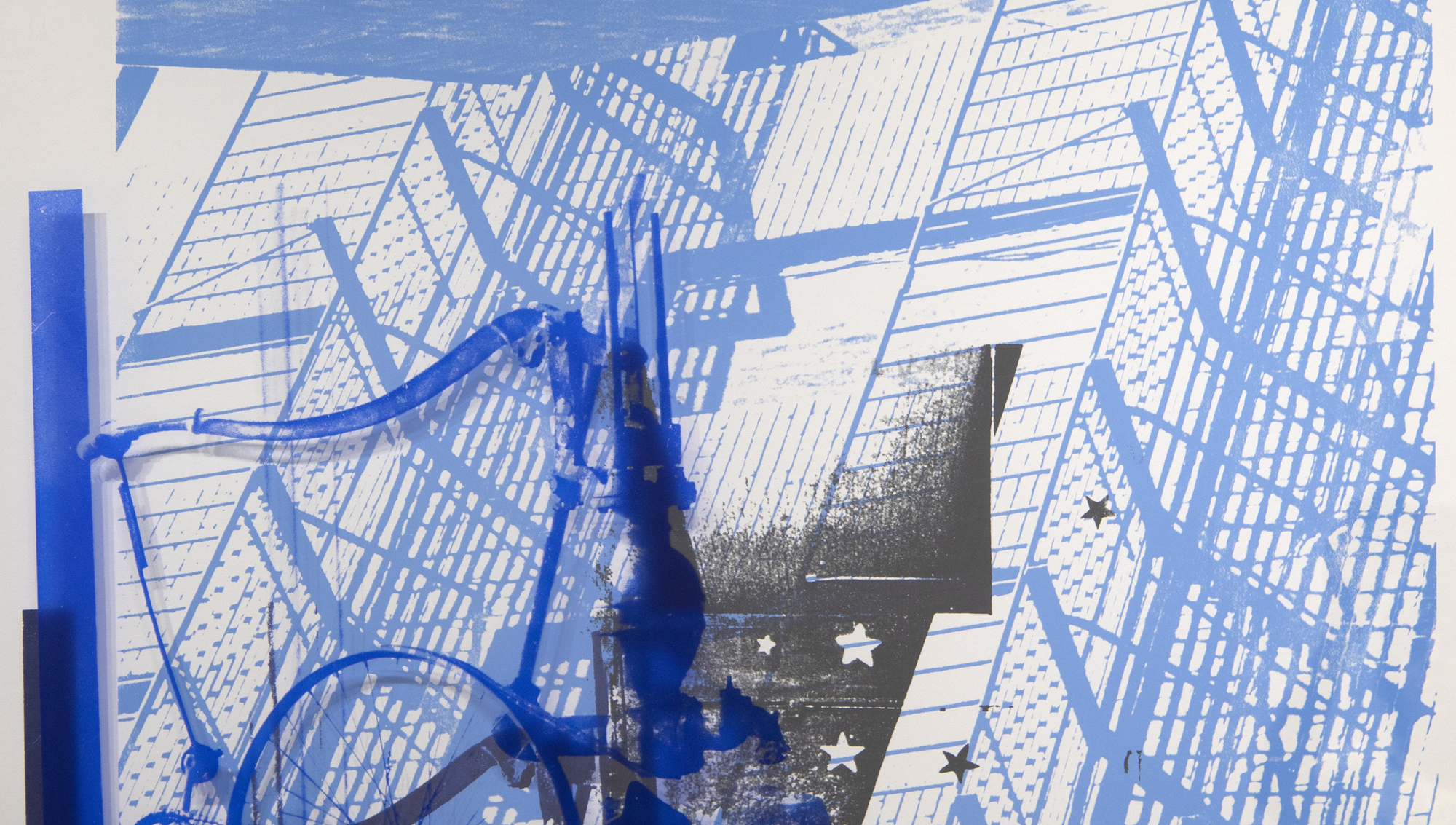ROBERT RAUSCHENBERG (1925-2008)







Provenance
Modern Art & Design Auction, Los Angeles Modern Auctions, May 19, 2013, Lot 392Private Collection, United States
Executed in a small edition of just 17 examples, this piece incorporates printmaking, a medium to which he often returned to explore new modes for layering imagery. Rauschenberg worked on editions since the early 1960s when he was a fixture at the ULAE and Gemini G.E.L. printshops. Rauschenberg's printmaking and editioned works were an extension of the creative act for the artist; he could achieve sculptural and 3D effects through his editions.


